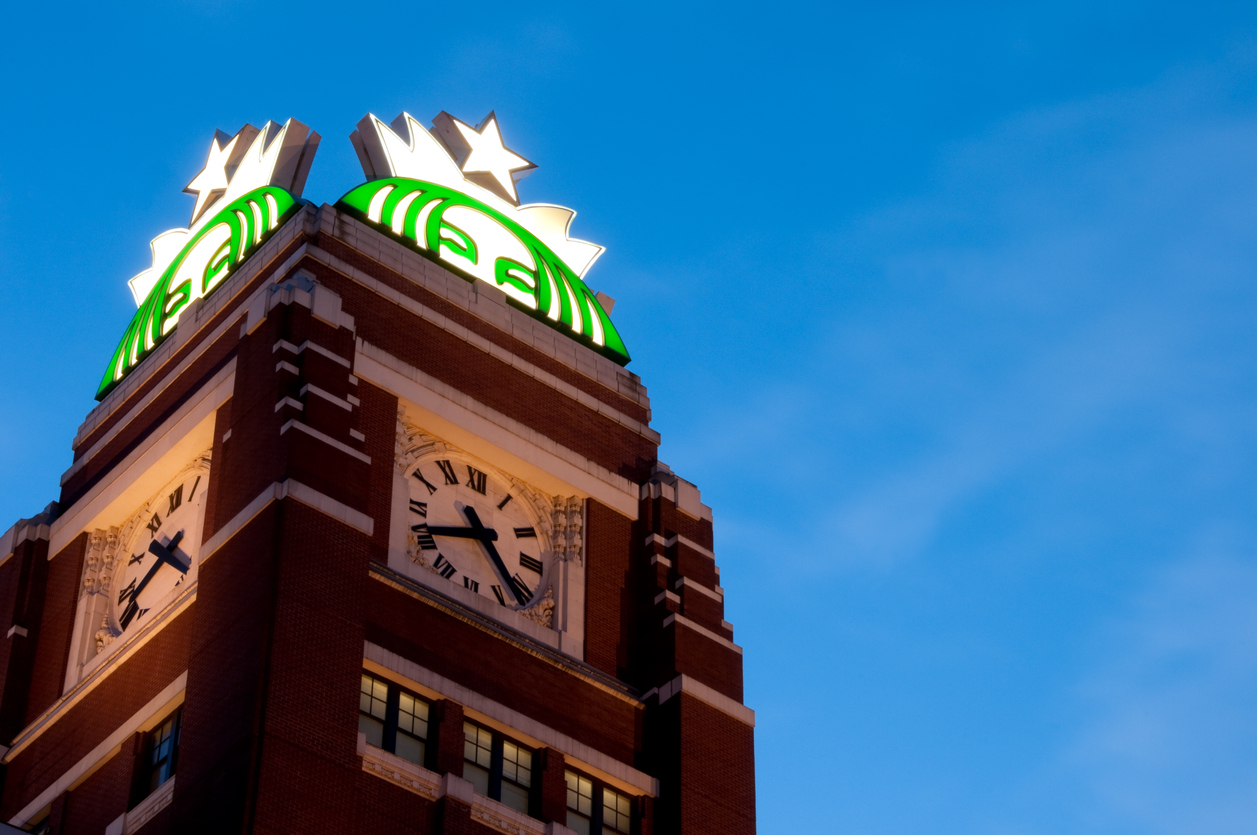
Tasha Leverette was sitting in the drive-through of her neighborhood Starbucks in Atlanta, jonesing for her usual drink. They told her they couldn’t make it; they didn’t have any peach juice. So she drove to another store. And another. And another.
“I said to them, ‘This is the Peach State, right?’ … It’s surprising because Starbucks always seems like it has anything and everything you need.”
Across the country, customers and baristas are taking to social media to bemoan not only shortages of key ingredients for popular Starbucks drinks, like peach and guava juices, but also a lack of iced and cold-brew coffee, breakfast foods and cake pops, and even cups, lids and straws.
A video on TikTok this week featured what appeared to be a group of employees screaming in frustration over a list of ingredients that the shop had run out of—including sweet cream, white mocha, mango dragon fruit and “every food item.” The caption also said they were low on cold brew and the “will to live.”
Starbucks is hardly the only company struggling with supply issues. Earlier this spring, ketchup packets became hotter than GameStop stock. Automakers have slowed production because there are not enough computer chips for their vehicles. And homeowners are waiting weeks, if not months, for major kitchen appliances.
Starbucks, Flush With Customers, Is Running Low on Ingredients, New York Times
It’s not just Starbucks. From computer chips to ketchup packets, business bounce-back has been stalled by supply chain issues.
Phil Knight, the legendary founder of Nike, said “supply and demand is always the root problem in business.” Weak demand for a product is a bitter pill for any company to swallow. But inability to meet booming demand based on supply problems is maddening.
Coronavirus has highlighted just how fragile our supply chain has become.
In some cases, the chain is very complex. Even seemingly basic products like disinfectants, not to mention higher-end products like automobiles, can have many links in the chain of component ingredients or parts. Other times, there are too few links. For example, grocery stores may not able to meet the consumer demand for meat because there are relatively few animal processing plants. Production disruption at only a handful of major plants can leave meat displays nearly empty.
A global pandemic is a black swan event, but large-scale supply disruptions are becoming more common due to events like natural disasters, changing economic policies, and geopolitical disruption. Managing risk differently is a must. Tactics include:
- Identifying alternative sources of origins of component materials
- Diversifying suppliers
- Moving to nearshore or even onshore suppliers.
New solutions often mean new processes and digital technologies, and they always require people to perform differently. Change management—the people-centered interventions—are crucial.
The Case for Change Management
Transformation
Coronavirus is a trigger event for supply chain transformation and transformation is complex. Digital technologies like analytics and artificial intelligence are part of the solution. New processes are part of the solution. Employee behavior change is part of the solution.
In the face of a big, complex change, employees might be confused and fearful—they might disengage or actively resist the new way of working. But you need that behavioral system to work just as well as your processes and technology. Managing this change is crucial.
Messages must be clear and concise in times of complex change. We help clients boil down their message to four words—one to describe the problem, the solution, the approach, and the result. Together, the four words anchor the message. Leaders and other advocates need only remember these four words to ensure a consistent message. To make each communication compelling, add supporting details that are relevant to the audience.
To guide the organization through a change you need to understand who is impacted and how.
Any change management novice knows how to identify stakeholders. We typically define them by team or department and design custom communications, training, and performance support for each group. But this type of analysis is incomplete. Teams and individuals should be categorized based on their disposition to change. Some stakeholders emerge as early adopters, who are pre-disposed to embracing new concepts. They make the change safe for the next segment of adopters: the early majority. The early majority makes the change feel like “this is how we’ve always done business” to yet another segment of the population: the late majority. Identifying, enlisting, and deploying the right people creates a bandwagon effect, until you have the momentum you need to engage the entire organization.
Behaviors, Habits, and Culture
Peter Drucker said “culture eats strategy for breakfast.” It’s true. Results are marginal if your supply chain strategy doesn’t fit your culture.
How do we know whether a strategy aligns with culture? The sum of organizational habits form a culture. Habits are regularly repeated behaviors. We have to identify the behaviors that enable the desired business outcomes, and then decide whether those behaviors do or could align with the dominant culture. New behaviors can become part of the culture if they turn into habits.
Assess where you are today vs. where you need to be.
- Identify the behaviors that drive the to-be state.
- Consider what triggers or prompts each behavior.
- Make sure there is a positive consequence to reinforce the behavior.
- Ensure that employees have the ability to execute the behavior.
- Develop a plan to practice the behaviors and start creating habits.
Reinforcement
We’ve heard the phrase “What gets measured gets rewarded, and what gets rewarded gets done.” Consider this when engineering behavior change. Are employees rewarded for managing risk? Probably not—at least not yet. Cost control or cost reduction has typically been king in the decades-long quest for efficiency. But performance ratings or bonuses tied to cost savings may not reinforce risk management behavior. It’s pretty basic: leaders must ensure that KPIs and employee reward structures match the business outcomes they want.
Conclusion
The global pandemic and other natural disasters may be changing the business landscape for good. But one thing that will never change is our need for a venti caramel latte with an extra shot. Business leaders need to get it together —we have no choice but to change supply chains to be more nimble. Mastering the change might be the difference between good and great outcomes.
Sources
https://25iq.com/2018/01/27/lessons-from-phil-knight-about-business-and-being-an-entrepreneur/
https://hbr.org/2020/03/coronavirus-is-a-wake-up-call-for-supply-chain-management
Fogg, B.J. Tiny Habits,
Rogers, Everett. Diffusion of Innovations




